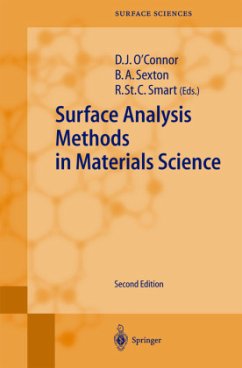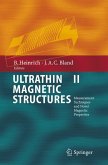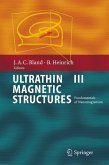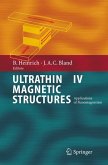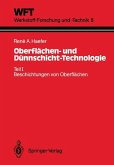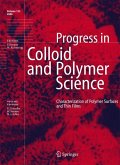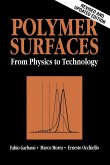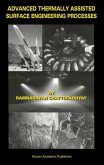This guide to the use of surface analysis techniques, now in its second edition, has expanded to include more techniques, current applications and updated references. It outlines the application of surface analysis techniques to a broad range of studies in materials science and engineering. The book consists of three parts: an extensive introduction to the concepts of surface structure and composition, a techniques section describing 19 techniques and a section on applications. This book is aimed at industrial scientists and engineers in research and development. The level and content of this book make it ideal as a course text for senior undergraduate and postgraduate students in materials science, materials engineering, physics, chemistry and metallurgy.
The success of the first edition of this broad appeal book prompted the prepa ration of an updated and expanded second edition. The field of surface anal ysis is constantly changing as it answers the need to provide more specific and more detailed information about surface composition and structure in advanced materials science applications. The content of the second edition meets that need by including new techniques and expanded applications. Newcastle John O'Connor Clayton Brett Sexton Adelaide Roger Smart January 2003 Preface to the First Edition The idea for this book stemmed from a remark by Philip Jennings of Mur doch University in a discussion session following a regular meeting of the Australian Surface Science group. He observed that a text on surface anal ysis and applications to materials suitable for final year undergraduate and postgraduate science students was not currently available. Furthermore, the members of the Australian Surface Science group had the researchexperi ence and range of coverage of surface analytical techniques and applications to provide a text for this purpose. A list of techniques and applications to be included was agreed at that meeting. The intended readership of the book has been broadened since the early discussions, particularly to encompass industrial users, but there has been no significant alteration in content.
Hinweis: Dieser Artikel kann nur an eine deutsche Lieferadresse ausgeliefert werden.
The success of the first edition of this broad appeal book prompted the prepa ration of an updated and expanded second edition. The field of surface anal ysis is constantly changing as it answers the need to provide more specific and more detailed information about surface composition and structure in advanced materials science applications. The content of the second edition meets that need by including new techniques and expanded applications. Newcastle John O'Connor Clayton Brett Sexton Adelaide Roger Smart January 2003 Preface to the First Edition The idea for this book stemmed from a remark by Philip Jennings of Mur doch University in a discussion session following a regular meeting of the Australian Surface Science group. He observed that a text on surface anal ysis and applications to materials suitable for final year undergraduate and postgraduate science students was not currently available. Furthermore, the members of the Australian Surface Science group had the researchexperi ence and range of coverage of surface analytical techniques and applications to provide a text for this purpose. A list of techniques and applications to be included was agreed at that meeting. The intended readership of the book has been broadened since the early discussions, particularly to encompass industrial users, but there has been no significant alteration in content.
Hinweis: Dieser Artikel kann nur an eine deutsche Lieferadresse ausgeliefert werden.
I teach graduate courses on Surface Analysis and on Surface Science (with a strong component of Surface Analysis). I was so impressed with the first edition of this book that I intended to adopt it for my class but, unfortunately, it was soon out-of-print. I encouraged John O'Connor to prepare another edition of this jewel that I could use in the future. What distinguishes this book from others is the very unusual breadth. It covers fundamentals, practical issues of analyses, and concrete applications to the analysis of metals, semiconductors, polymers, and ceramics (including minerals).
Quote from Prof. Raul Baragiola, University of Virginia
From the reviews of the second edition:
"More than 30 experts have contributed to this book providing a wealth of expertise based on theoretical as well as practical background. ... the book can be recommended not only to university students but also to scientists and engineers working in industry. It will help to find the appropriate method, or better the combination of methods, which will be needed to solve problems in process control and failure analysis." (W. Oesterle, Werkstoffe und Korrosion/Materials and Corrosion, Vol. 55 (3), 2004)
Quote from Prof. Raul Baragiola, University of Virginia
From the reviews of the second edition:
"More than 30 experts have contributed to this book providing a wealth of expertise based on theoretical as well as practical background. ... the book can be recommended not only to university students but also to scientists and engineers working in industry. It will help to find the appropriate method, or better the combination of methods, which will be needed to solve problems in process control and failure analysis." (W. Oesterle, Werkstoffe und Korrosion/Materials and Corrosion, Vol. 55 (3), 2004)

